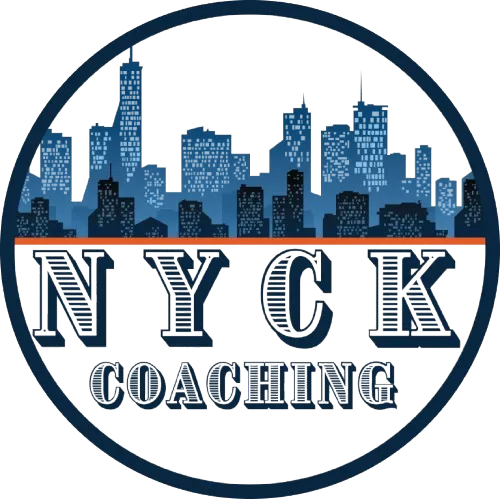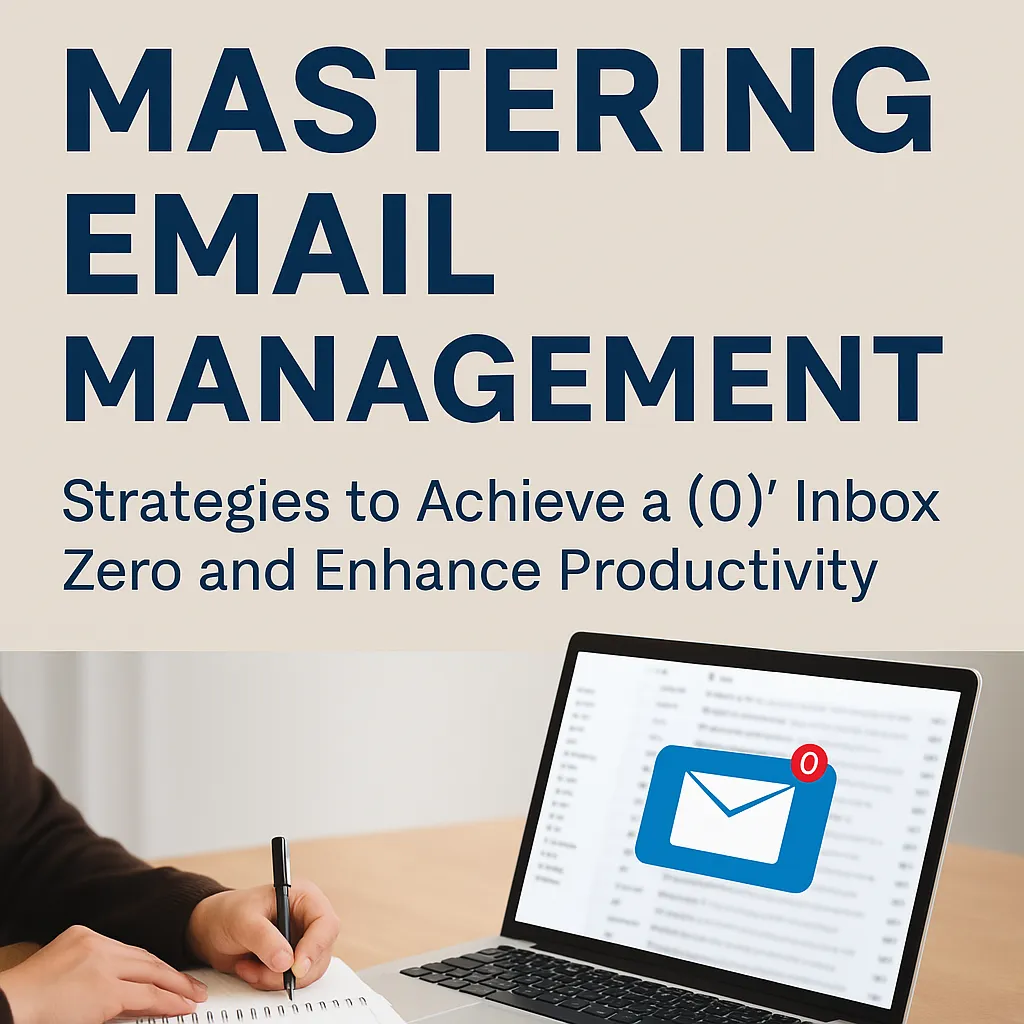"Business Insights, Strategies, and Tips to Fuel Your Growth Journey"
Through personalized coaching and strategic consulting, we help you optimize operations,
overcome challenges, and unlock new opportunities—so your business thrives on your terms.
The NYCK Blog
The Hidden Danger of Discounting
Many business owners believe discounting boosts sales—but it often comes at the cost of profit. Learn smarter ways to grow your business without slashing prices.
Managing Email Overload: Strategies to Achieve a “(0)” Inbox Zero and Enhance Productivity
Struggling with email overload? Discover how to implement a personalized system to achieve Inbox Zero, boost productivity, and take control of your digital workflow.
24-7-30 in Action – Recap, Results & Real Use Cases
Master follow-up! This final post in the 24-7-30 Model series recaps how to build trust, generate referrals, and reactivate leads. Learn how clients achieve real results by baking this simple, effective system into their sales & networking.
Before Day 30 – The Non-Sales Sales Meeting
Convert contacts into clients! This post, part 4 of the 24-7-30 Model series, guides you in transforming casual connections into strategic conversations. Learn how to frame a "non-sales sales meeting" and discover alignment for business, collaboration, or referrals.
Unleash Your Business Brilliance.
Achieving sustainable growth doesn't have to be uncertain. At NYCK Coaching, we help business owners establish a strong foundation, execute effective strategies, and ensure measurable, predictable success.
© 2025 NYCK Coaching. All rights reserved.





